If your driveway apron is sinking, it can be due to these issues.
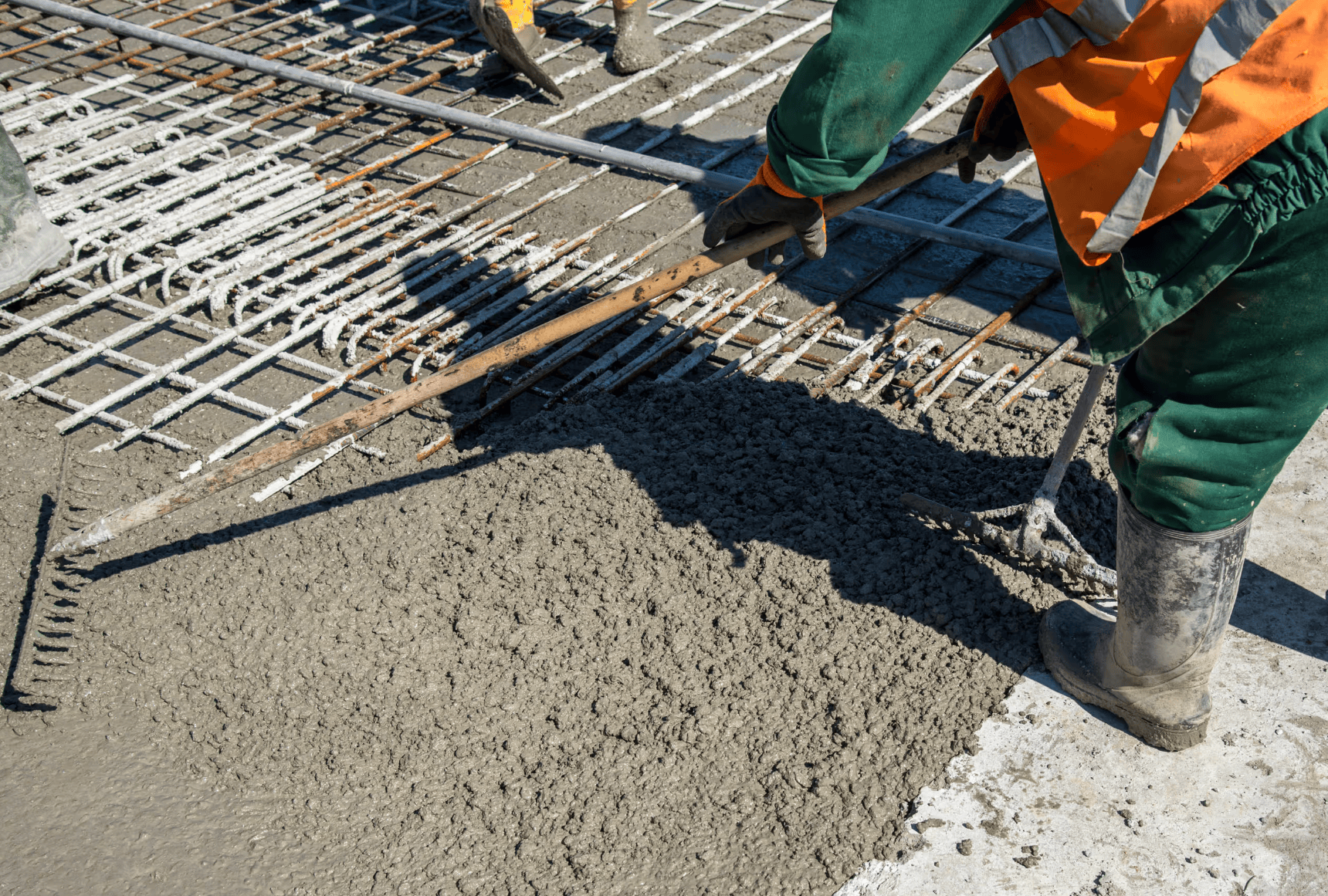
You've noticed it getting worse over the past few months or years—that unsettling gap between your garage floor and your driveway apron. Maybe water pools near your garage door after every rain. Perhaps you feel a jarring bump every time you pull into your garage. Or worse, you're dealing with water actually entering your garage and threatening your belongings, vehicles, and foundation.
A sunken driveway apron isn't just an aesthetic problem or minor inconvenience. It's a warning sign of underlying issues that will only get worse and more expensive to address if ignored. The good news? When you understand what's causing your apron to sink and address the root problem properly, you can fix it permanently.
At Preferred 1 Concrete, we've diagnosed and repaired hundreds of sunken driveway aprons throughout the Twin Cities since 2004. While every property has unique characteristics, the root causes of settling almost always trace back to one or more of these critical failures:
This is the number one culprit behind sunken concrete aprons. When your apron was originally installed, the excavated soil beneath the concrete should have been thoroughly compacted in layers using proper equipment. Many contractors—especially those focused on speed over quality—simply dump aggregate base material into the excavation and pour concrete on top without adequate compaction.
Over time, vehicle weight, moisture, and freeze-thaw cycles cause this improperly compacted material to compress and settle. The result? Your concrete apron follows it downward. Once this process starts, it accelerates as water infiltration worsens the compaction issues.
We've seen aprons sink 2-4 inches or more within just 5-10 years when base preparation was inadequate. In Minnesota's challenging climate, proper compaction isn't optional—it's essential for long-term performance.
Water is concrete's greatest enemy, and improper drainage is the second leading cause of sunken aprons we encounter. When water isn't directed away from your apron area effectively, it infiltrates beneath the concrete slab, gradually washing away the supporting base material.
This problem compounds over time. As soil and base material erode away, voids form beneath your concrete. Eventually, the concrete can no longer span these voids and begins to crack and settle into the empty spaces. Each rain event accelerates the erosion, making the problem progressively worse.
Common drainage problems that cause apron settling include:
Minnesota's extreme seasonal temperature swings create unique challenges for concrete installations. When water penetrates beneath your apron and freezes, it expands. This expansion exerts tremendous force on the soil and base materials, disrupting their compaction and creating voids.
When temperatures warm and the ice melts, the soil doesn't return to its original state—it's permanently disturbed. Over many freeze-thaw cycles, this process creates progressively larger voids and more significant settling.
Aprons with inadequate base preparation or poor drainage are especially vulnerable to freeze-thaw damage because water more easily penetrates to the subgrade where it can freeze and cause disruption.
Trees seeking water and nutrients can extend roots beneath concrete slabs, including driveway aprons. As these roots grow and expand, they can lift or shift concrete. When roots eventually die and decompose, they leave voids that cause settling.
While less common than compaction and drainage issues, tree root problems require special attention during repair. Simply replacing the concrete without addressing the root system ensures you'll face the same problem again in a few years.
Some aprons were originally poured too thin to properly support vehicle loads, especially for heavier trucks or SUVs that are common today. Residential driveway aprons should be a minimum of 4-6 inches thick. Thinner concrete is more prone to cracking and breaking, which accelerates settlement issues.
Many frustrated homeowners have already attempted to address their sunken apron with temporary solutions. If you've tried any of these approaches, you've probably discovered they don't last:
This process involves pumping a slurry mixture beneath the concrete to lift it back to level. While mudjacking can be effective for some settling issues, it's only a viable solution if the underlying cause of the settling has been addressed. If poor compaction or drainage caused the original settling, mudjacking will only provide temporary relief—often lasting just 2-5 years before the apron settles again.
Additionally, if your concrete apron has significant cracking or structural damage, lifting it can cause it to break apart completely. We've seen numerous cases where attempted mudjacking caused more damage than the original settling.
Filling cracks and gaps with patching compound or caulk addresses the symptom but ignores the disease. While these patches might temporarily improve appearance, they do nothing to stop the underlying settling process. Within months, new cracks appear and the gaps reopen as the apron continues to sink.
Worse, these patches can trap water against your concrete, accelerating deterioration through freeze-thaw damage.
Some homeowners attempt to fill the gap between their garage floor and sunken apron with asphalt patch, concrete, or other materials. This creates a visual "ramp" but does nothing to address the settling. The apron continues to sink, requiring repeated applications of fill material.
These makeshift ramps also create drainage problems, often directing water toward your garage instead of away from it—exactly the opposite of what you need.
At Preferred 1 Concrete, we don't believe in temporary fixes or Band-Aid solutions. When we repair a sunken driveway apron, we address every underlying cause to ensure the problem doesn't return. Here's our comprehensive approach:
Before any work begins, we thoroughly evaluate your property to identify all contributing factors to your apron settling. This assessment includes:
This comprehensive assessment allows us to design a solution that addresses your specific situation rather than applying a one-size-fits-all approach.
When an apron has settled significantly, attempting to salvage it rarely makes sense. We completely remove the existing concrete, which allows us to:
This is where many concrete contractors fail, and it's where we excel. Based on our assessment, we design and implement drainage solutions that prevent water from undermining your new apron. Solutions might include:
Getting drainage right is critical. We've seen too many homeowners pay for concrete replacement only to have it fail again because the contractor ignored drainage issues.
This step separates quality concrete work from work that fails prematurely. We never cut corners on base preparation, even though it requires additional time and materials. Our process includes:
We excavate to a depth that allows for adequate base material and proper concrete thickness. For most residential aprons, this means removing 10-14 inches of material.
We ensure the native soil at the bottom of our excavation is stable and properly compacted. If we encounter weak or unstable soils, we remove them and replace them with engineered fill.
We install high-quality crushed aggregate base material in layers, typically 4-6 inches total depth. Each layer is thoroughly compacted using professional equipment before the next layer is added.
This is where inexperienced or rushed contractors fail. We use plate compactors and vibratory rollers to achieve at least 95% compaction density. Proper compaction prevents the settling that caused your original apron to fail.
With proper drainage and base preparation complete, we're ready to install concrete that will last for decades. Our installation includes:
After your concrete has properly cured, we can apply quality sealers that protect against water intrusion, de-icing salt damage, and staining. While not always necessary, sealing can extend the life of your concrete and make it easier to maintain.
The investment required for permanent driveway apron replacement varies based on your specific situation, but most homeowners in the Twin Cities should expect to invest $2,500-$6,500 for a complete, properly executed solution.
This might seem like a significant investment compared to cheaper temporary fixes, but consider:
When you choose Preferred 1 Concrete for your apron replacement, you're not just buying concrete—you're investing in a comprehensive solution that addresses all the factors that caused your original apron to fail.
While all sunken aprons eventually need replacement, certain warning signs indicate your problem requires urgent attention:
If water is pooling near your garage door or actually entering your garage during rain events, you're already at risk for significant water damage. Continued exposure to moisture can damage stored items, promote mold growth, and even compromise your home's foundation.
Once the gap between your garage floor and apron exceeds 2 inches, the settling is severe enough that continued use will likely cause the concrete to crack and break. This creates safety hazards and accelerates deterioration.
Cracks wider than 1/4 inch or concrete that's breaking into pieces indicate structural failure. Operating vehicles over severely damaged concrete can cause further breakage and even damage your vehicles.
If you can see voids beneath your apron or evidence of soil being washed away, the problem is actively worsening. These voids will continue to expand, accelerating settling and potentially causing sudden collapse of concrete sections.
Absolutely. When your new apron is installed correctly by experienced professionals who understand Minnesota's unique challenges, and when you perform basic maintenance, your apron should last for decades without significant settling. Here's how to protect your investment:
Since 2004, we've been helping Twin Cities homeowners solve their concrete challenges with comprehensive solutions that last. When you work with Preferred 1 Concrete, you benefit from:
We don't just replace concrete—we solve the underlying problems causing your apron to fail. Our diagnostic approach ensures we address drainage, compaction, and any other factors contributing to settling.
We're committed to projects that last. Every apron we install receives proper base preparation, drainage design, and concrete installation, even when these steps require additional time and materials. We treat your property like our own.
We defy contractor stereotypes by actually calling you back, showing up when scheduled, and keeping you informed throughout your project. You'll never wonder what's happening or when we'll be there.
If your apron can be effectively repaired without full replacement, we'll tell you. We're not interested in selling you work you don't need—we want to provide the right solution for your specific situation.
Is your garage suffering from a sunken driveway apron, water intrusion, or dangerous settling? Don't wait for the problem to worsen and cause expensive foundation or water damage. Contact Preferred 1 Concrete today for a free, no-obligation assessment of your apron situation.
We'll visit your property, diagnose the root causes of your settling, and provide a detailed, transparent quote for a permanent solution. We serve Minneapolis, St. Paul, Lakeville, Burnsville, and the entire South Metro with the same commitment to quality that's defined our work for nearly two decades.
A sunken driveway apron won't fix itself—it will only get worse and more expensive to address. Let us show you how proper diagnosis, comprehensive drainage solutions, and quality concrete installation can permanently solve your apron problems and protect your home for decades to come.





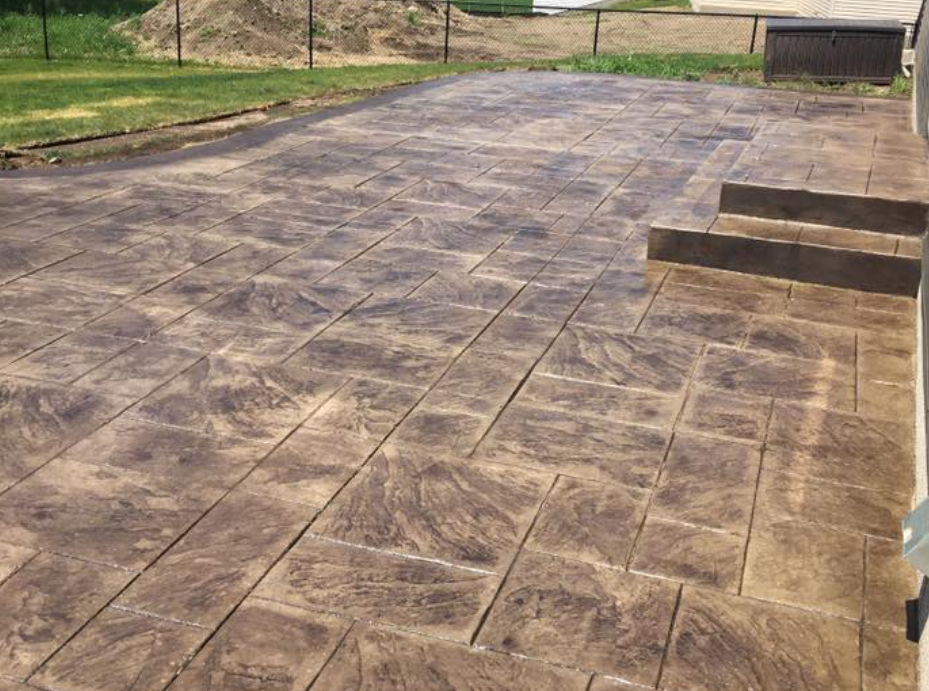



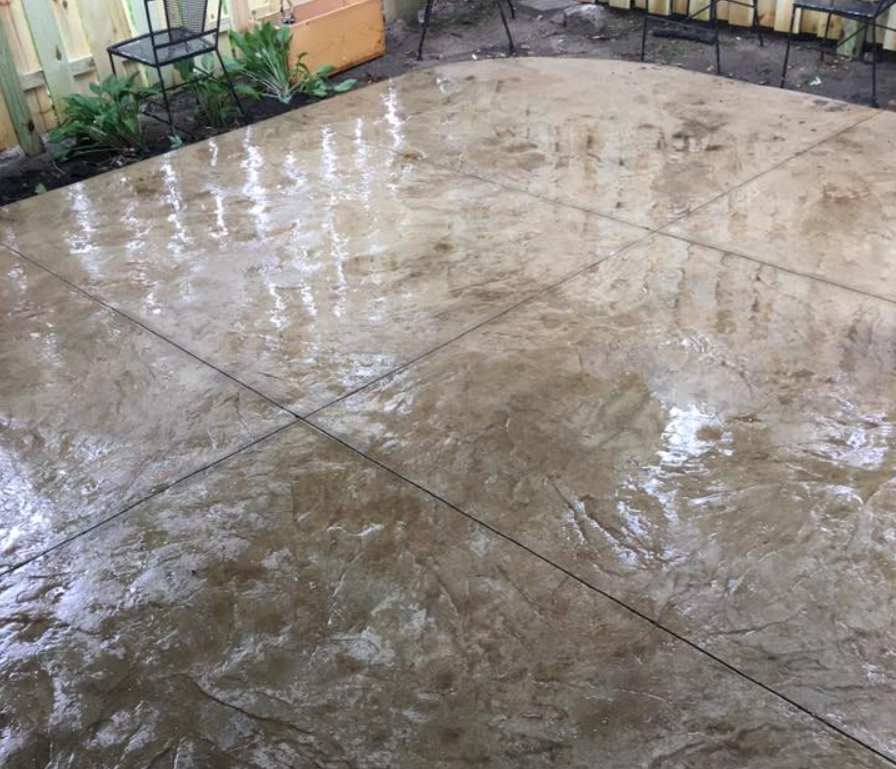







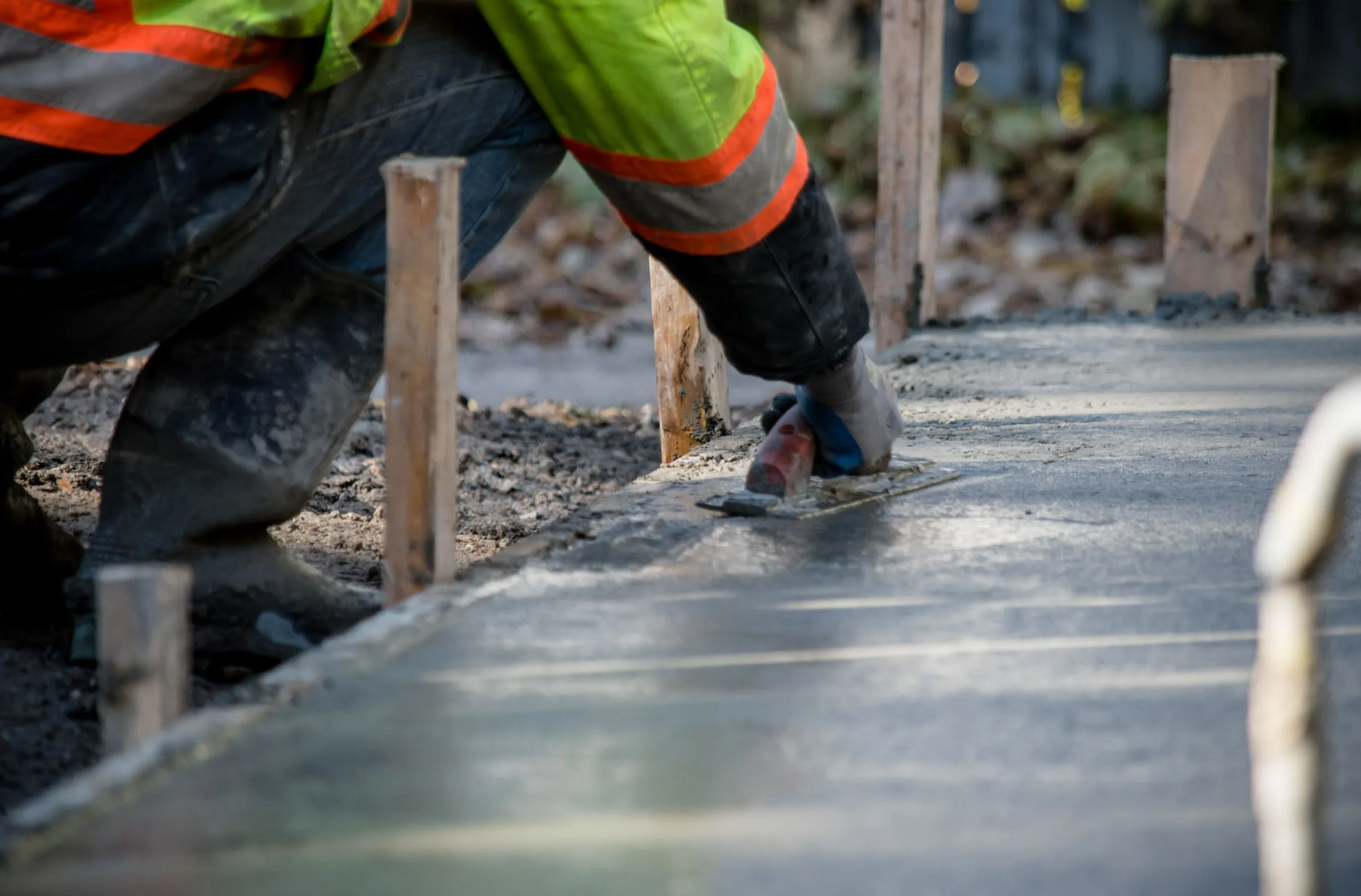







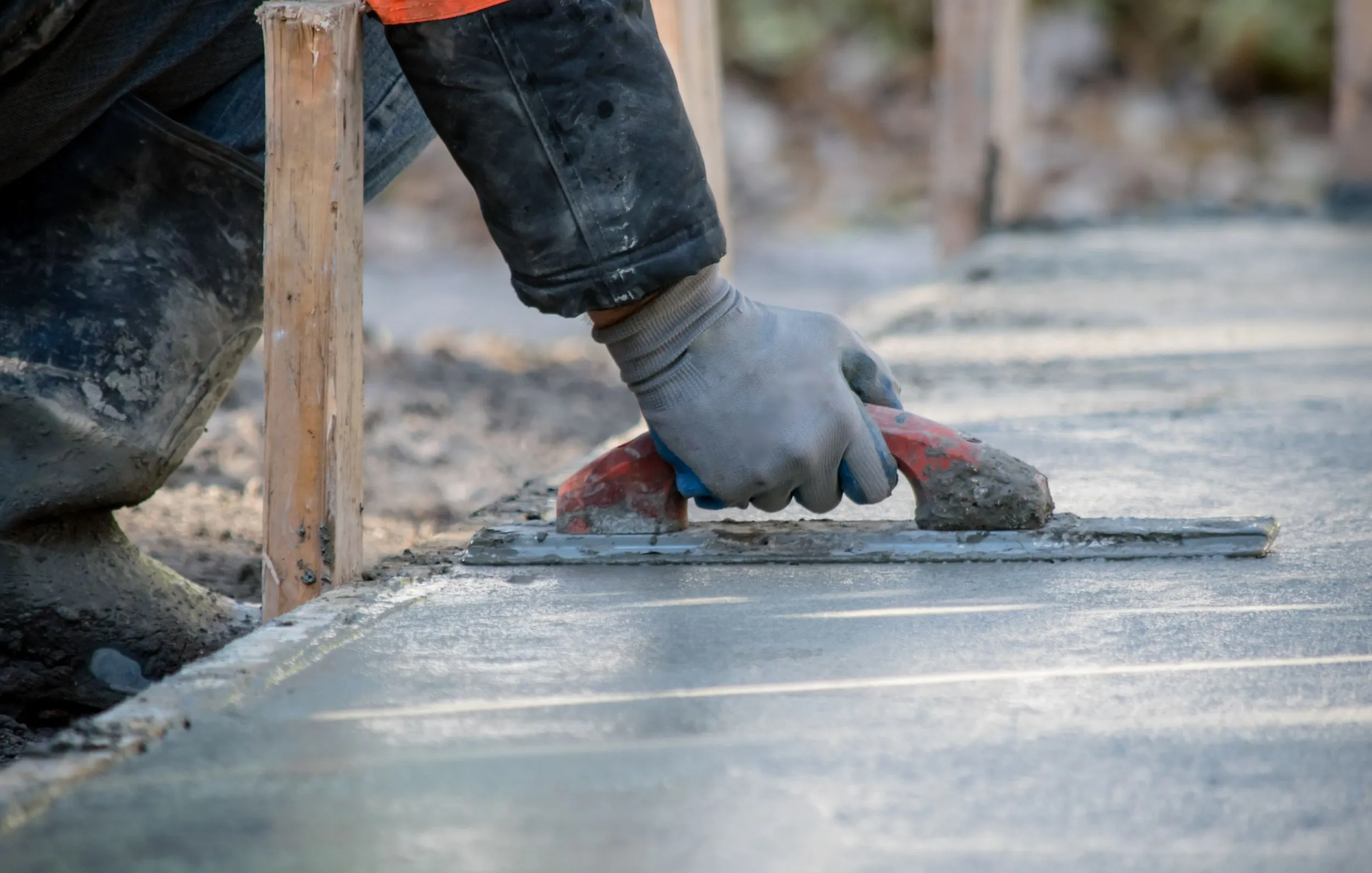







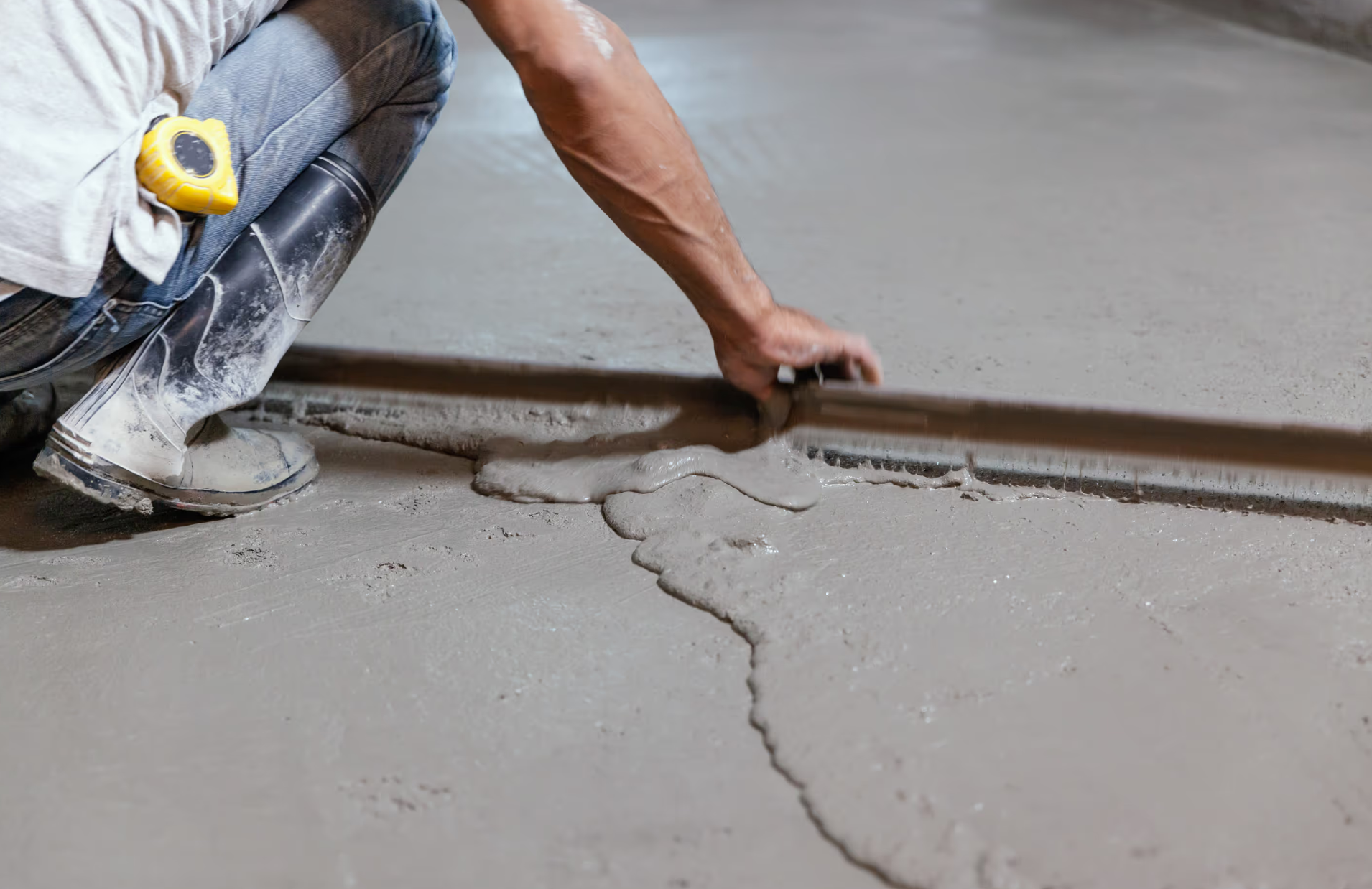























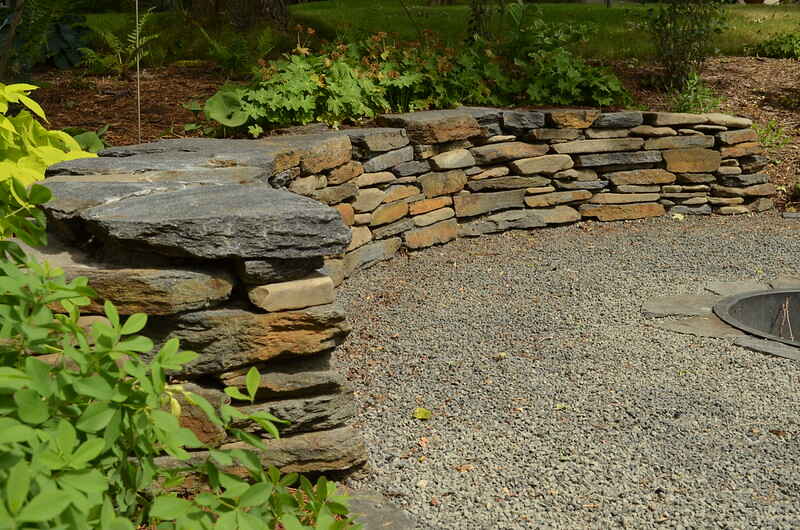



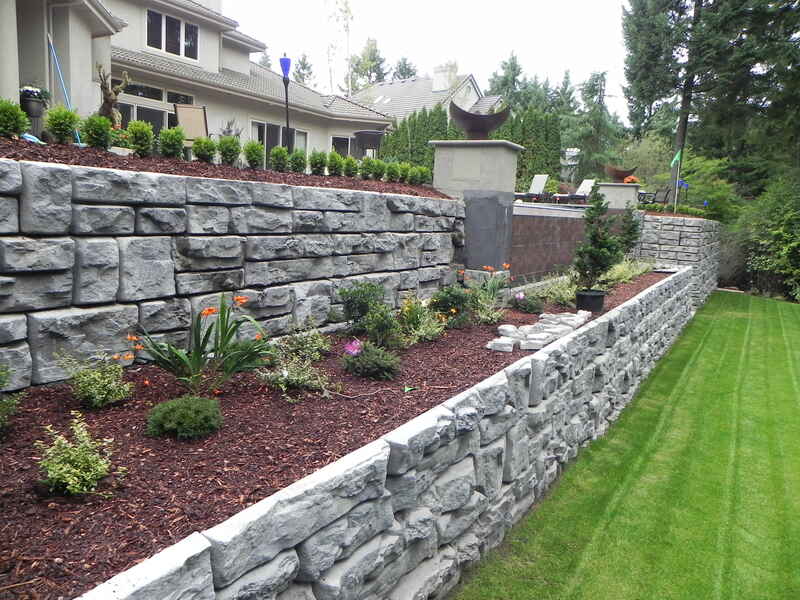







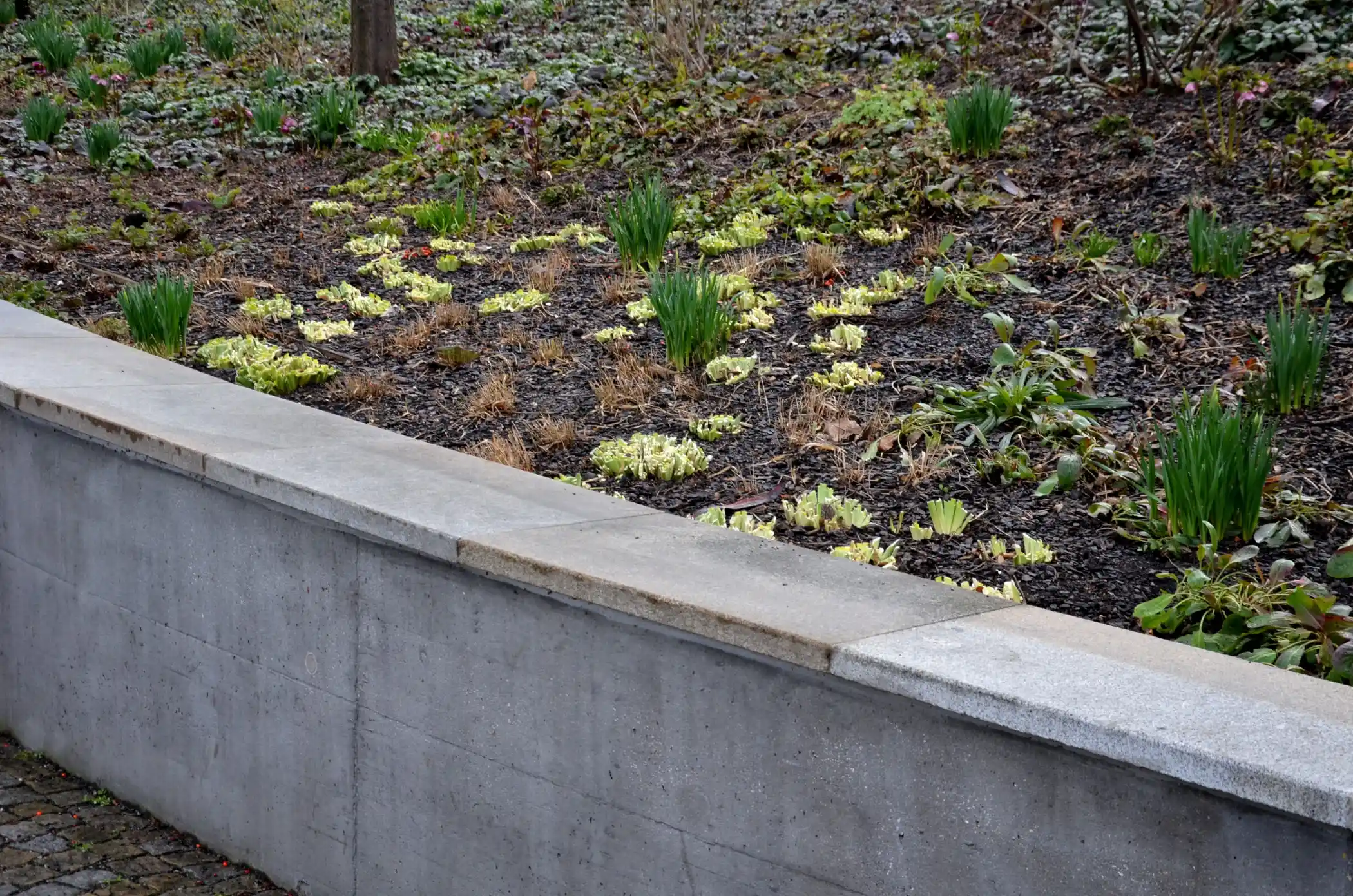







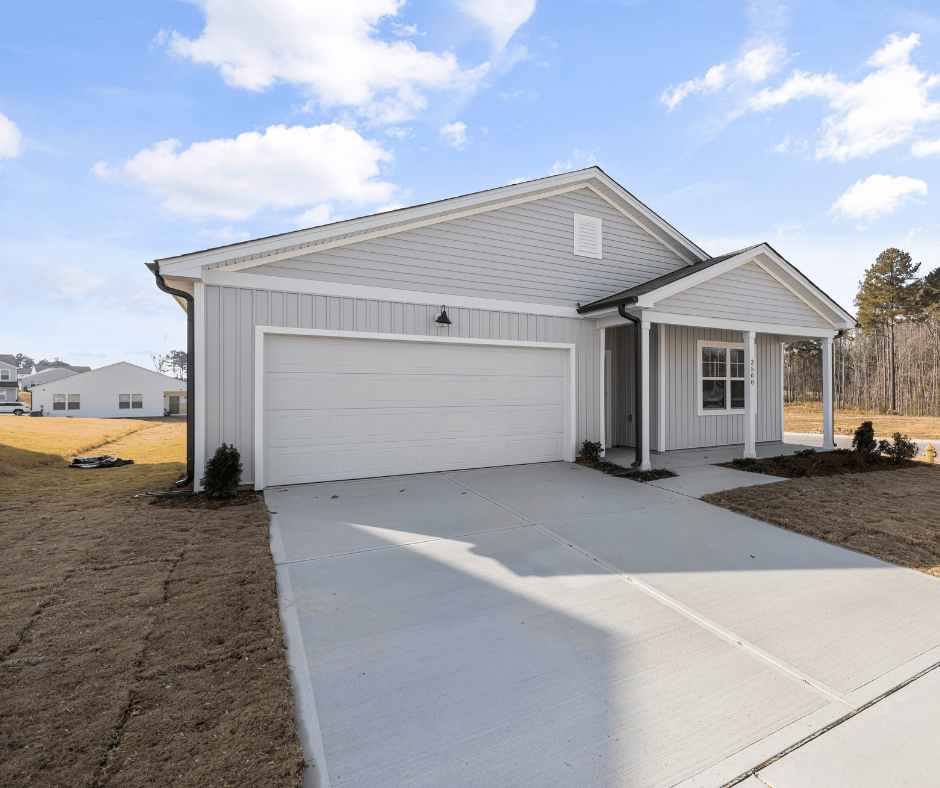



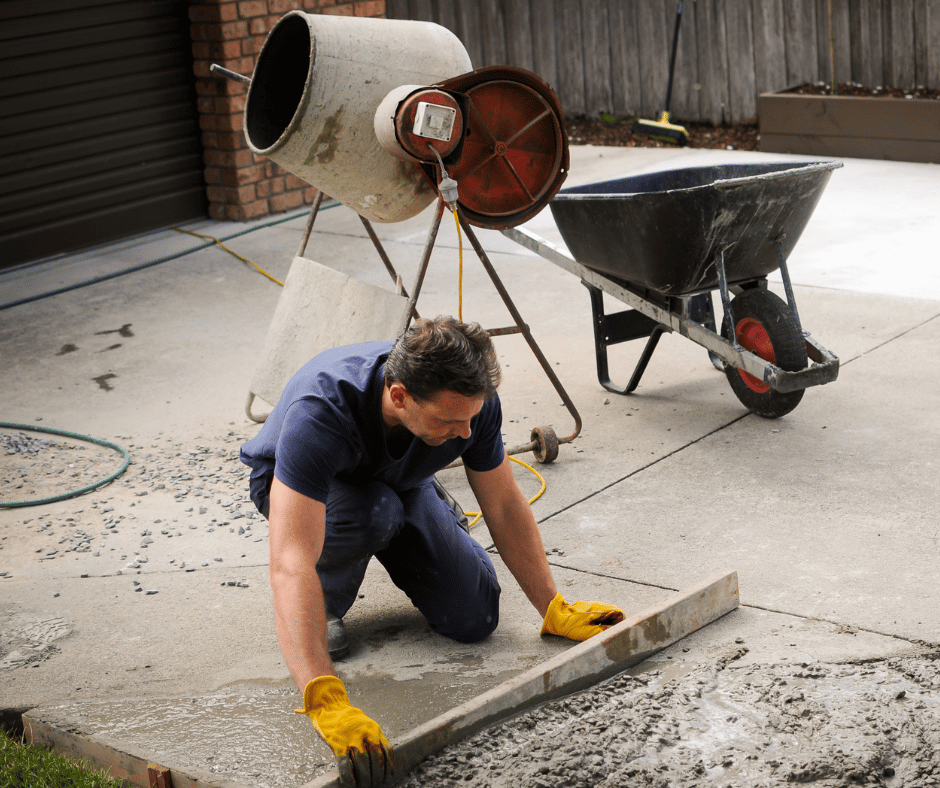



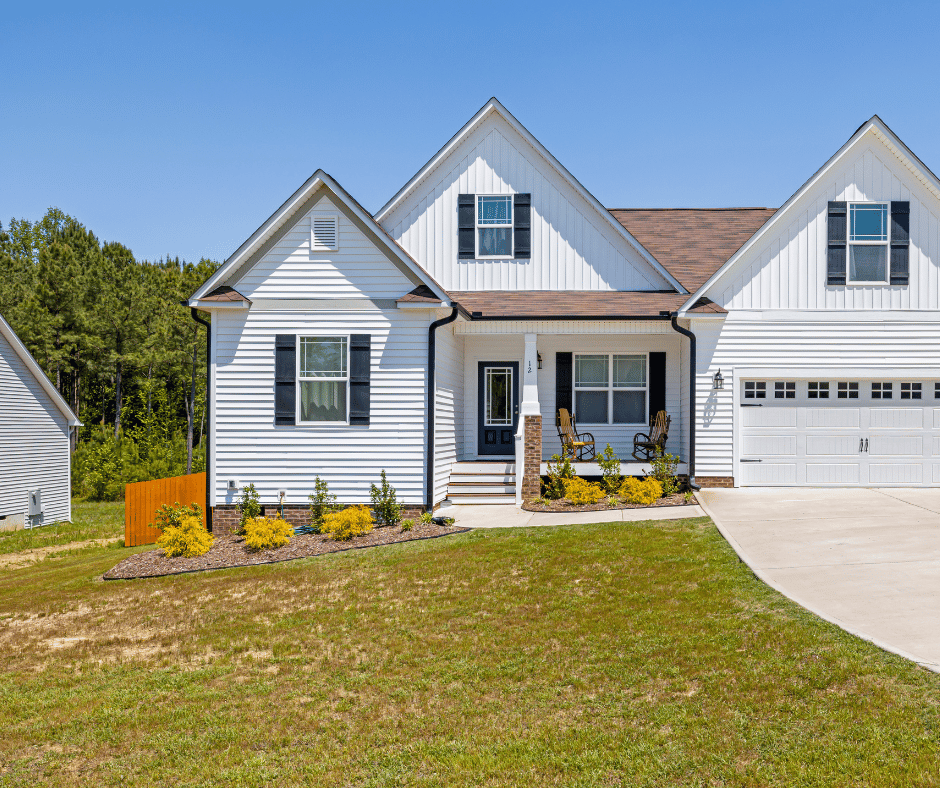



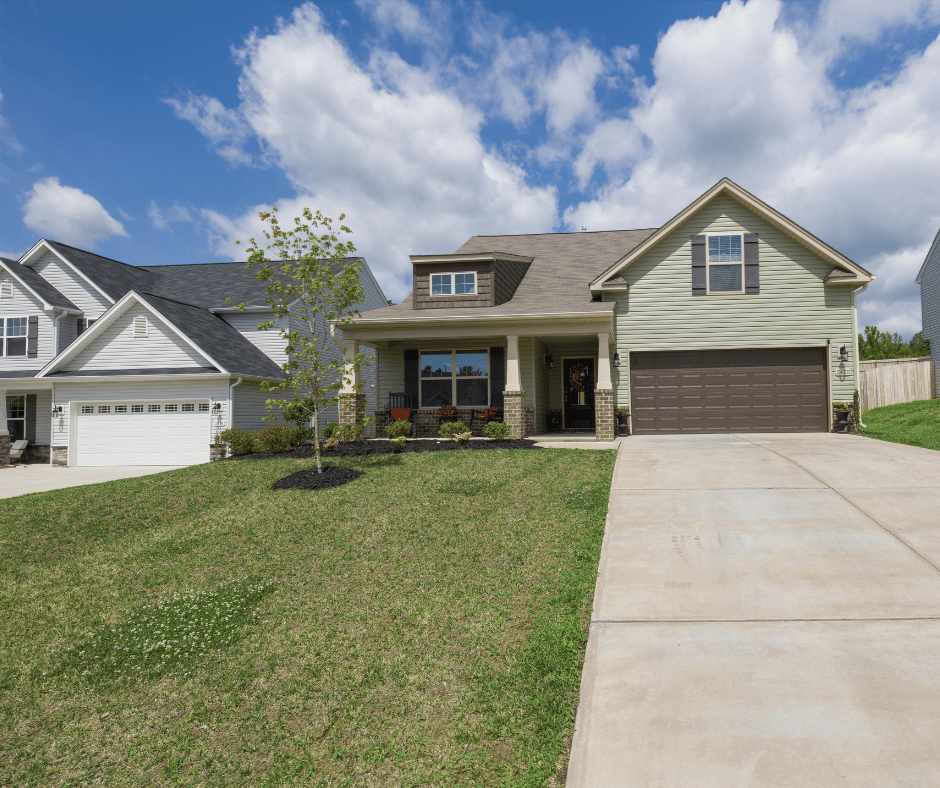



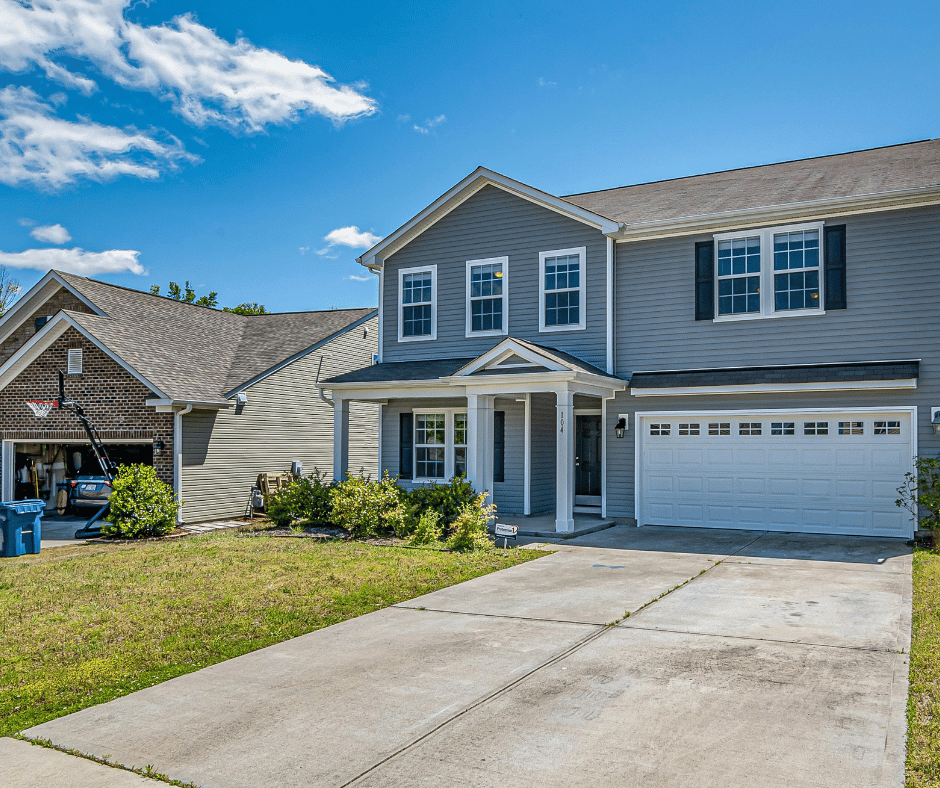











.png)



.png)













































































